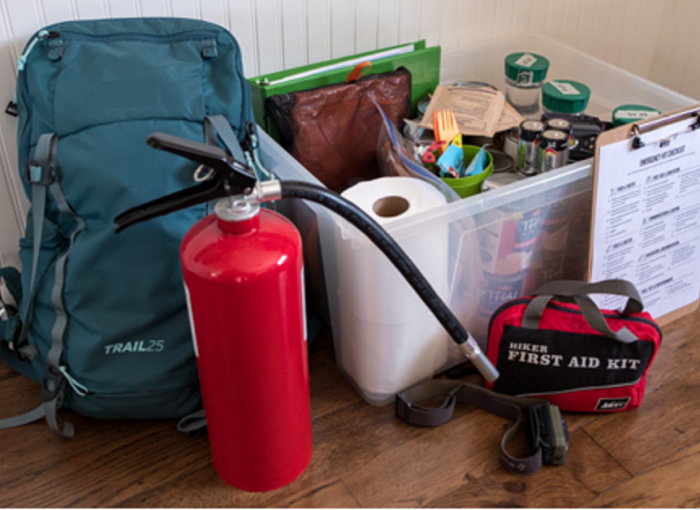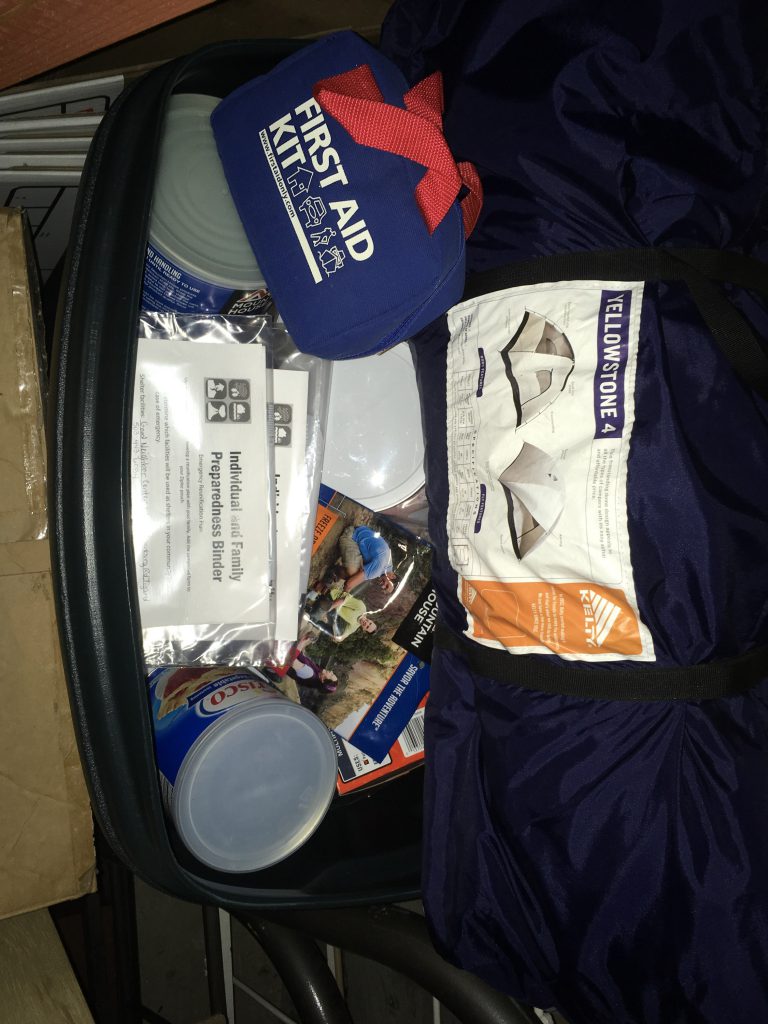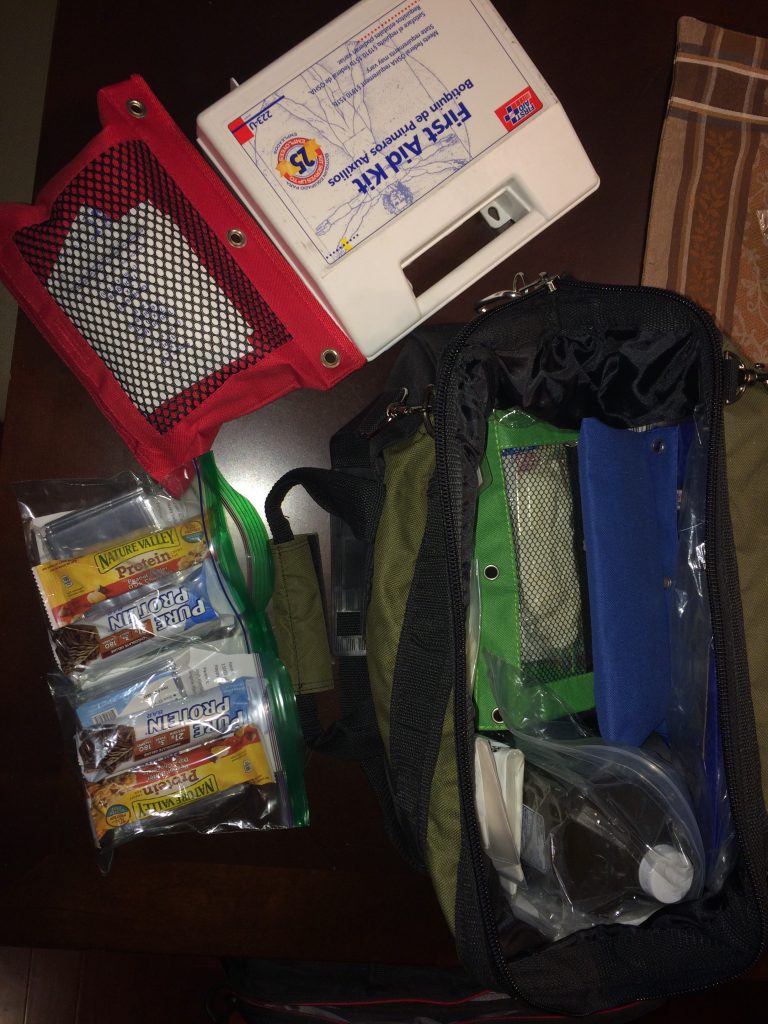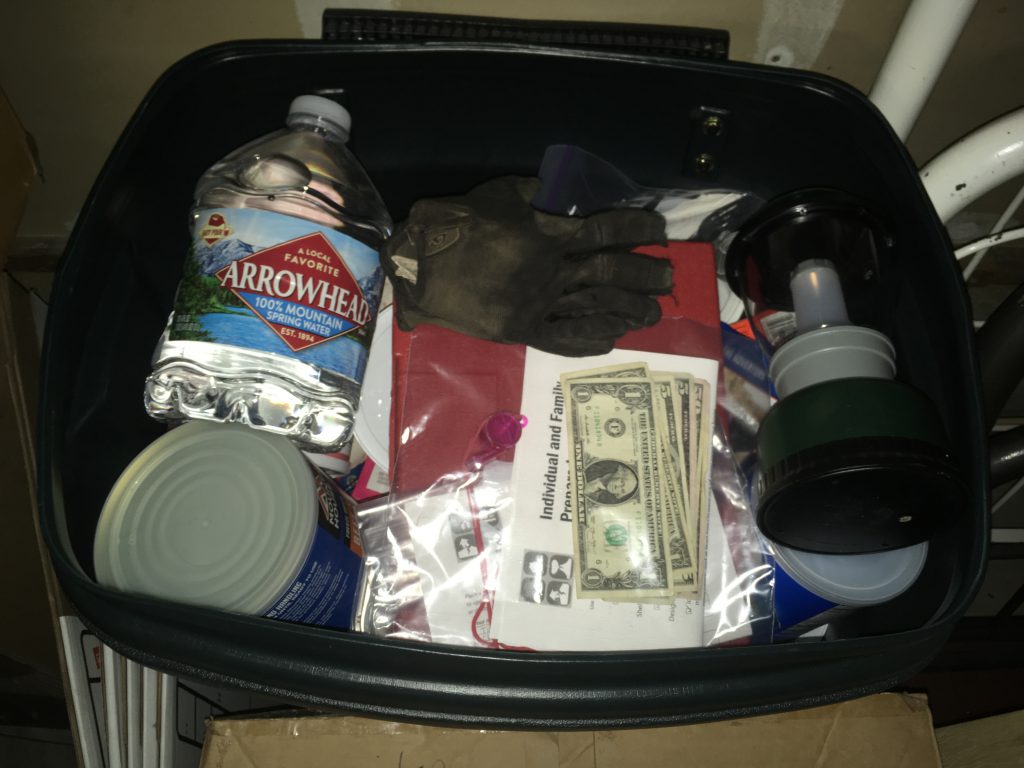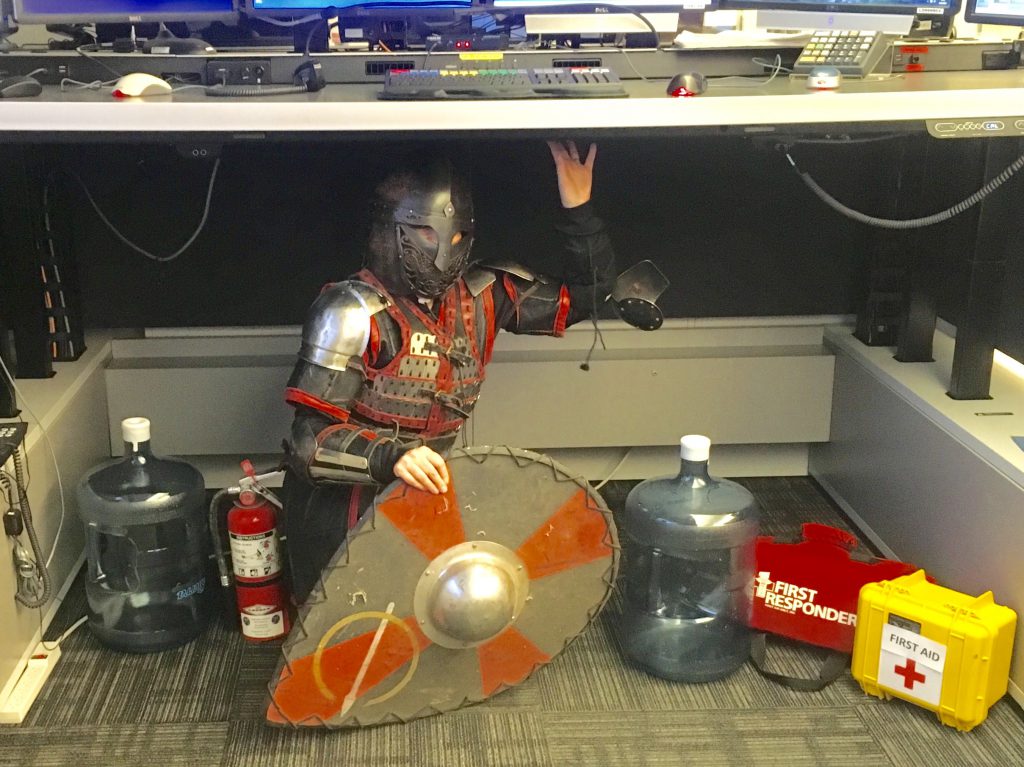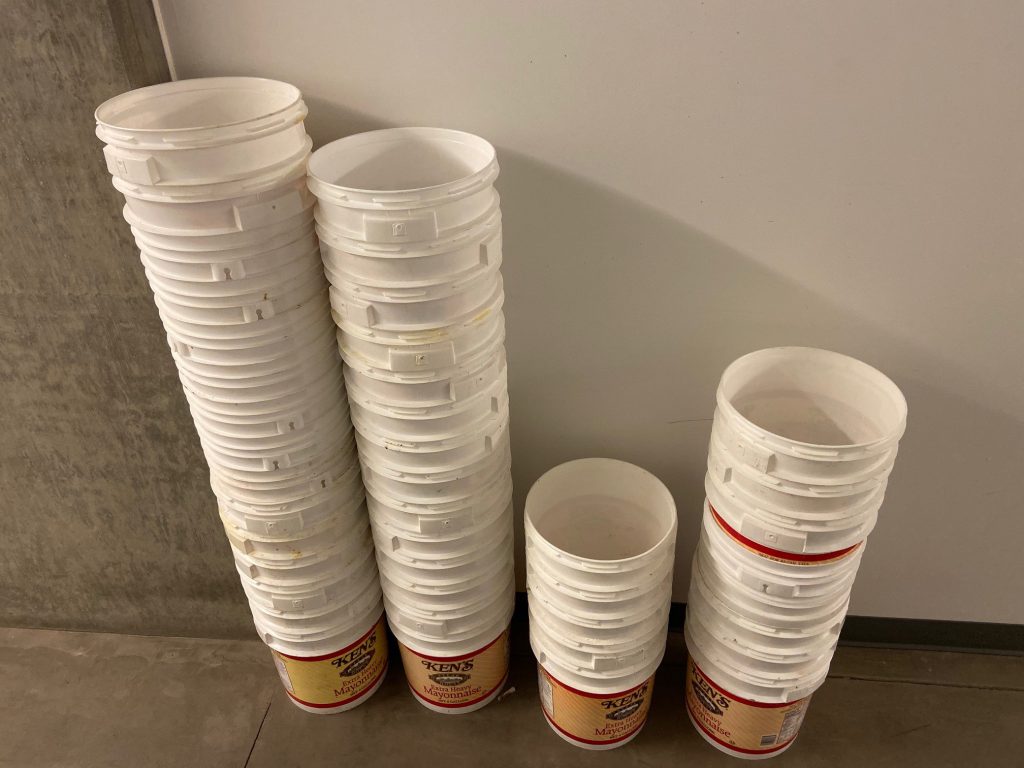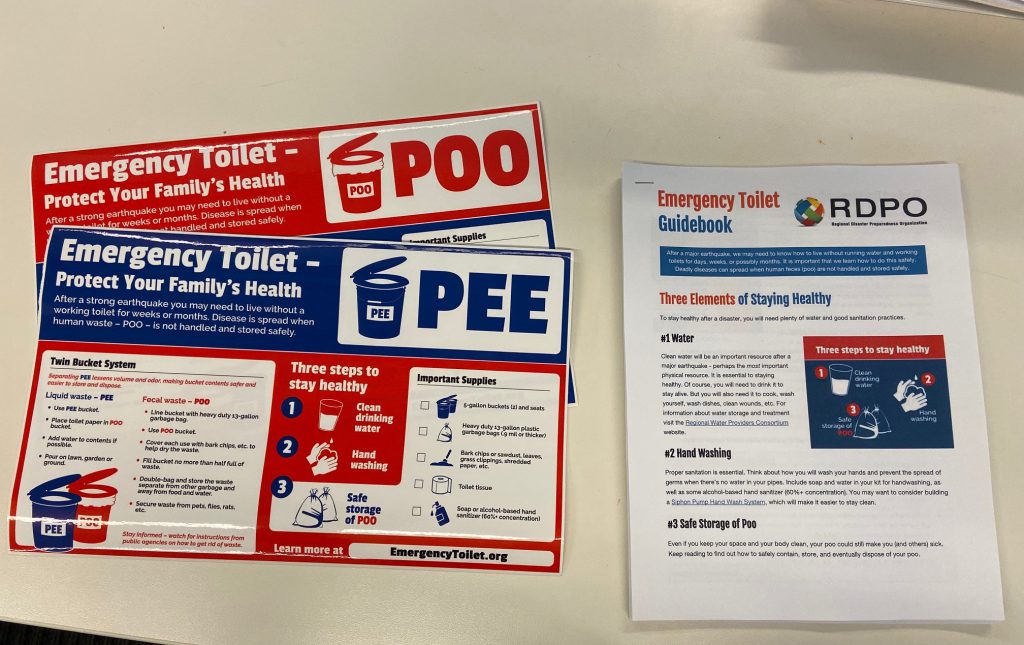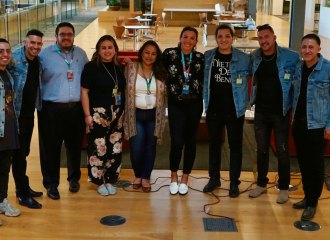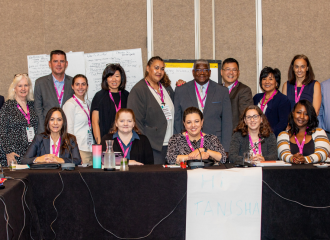We are currently in the middle of National Preparedness Month, held each September to help individuals and their families better prepare for emergencies and natural disasters. But what happens if those emergencies occur when you are at work? Is your company prepared?
Safety is one of our core principles at the Port, guiding all of our work – from day-to-day operations to planning for emergencies and natural disasters. And we know that one of the best ways to address safety issues is through good preparation.
“Taking steps to learn about your hazards and proactive steps to help protect yourself and those around you is not only empowering but also brings peace of mind,” said Nora Yostov, senior manager of security operations at the Port.
Emergency preparedness takes time, but it’s worth it. Here are six ways the Port has been successful in better preparing our organization and our employees for emergencies.
1. Have a plan all employees understand
It sounds simple, doesn’t it? But many organizations forget this step as they focus on day-to-day operations. Start by identifying which natural disasters or emergencies could threaten your organization. Then, build a reaction plan that is simple and usable in a crisis. Think about how you’ll communicate to employees and what steps you’ll need to take to keep them safe. Clarifying roles is another important step. It can help to identify a group of employees to receive additional training to help out in a crisis.
2. Start on day 1
Port employees get a suite of welcome materials in their first days on the job, including an emergency DESKit — shorthand for Disaster Employee Survival Kit — they can keep in their workspace. The DESKit includes items like an emergency blanket, water pouches, first aid kit, poncho, surgical mask and emergency contact template.
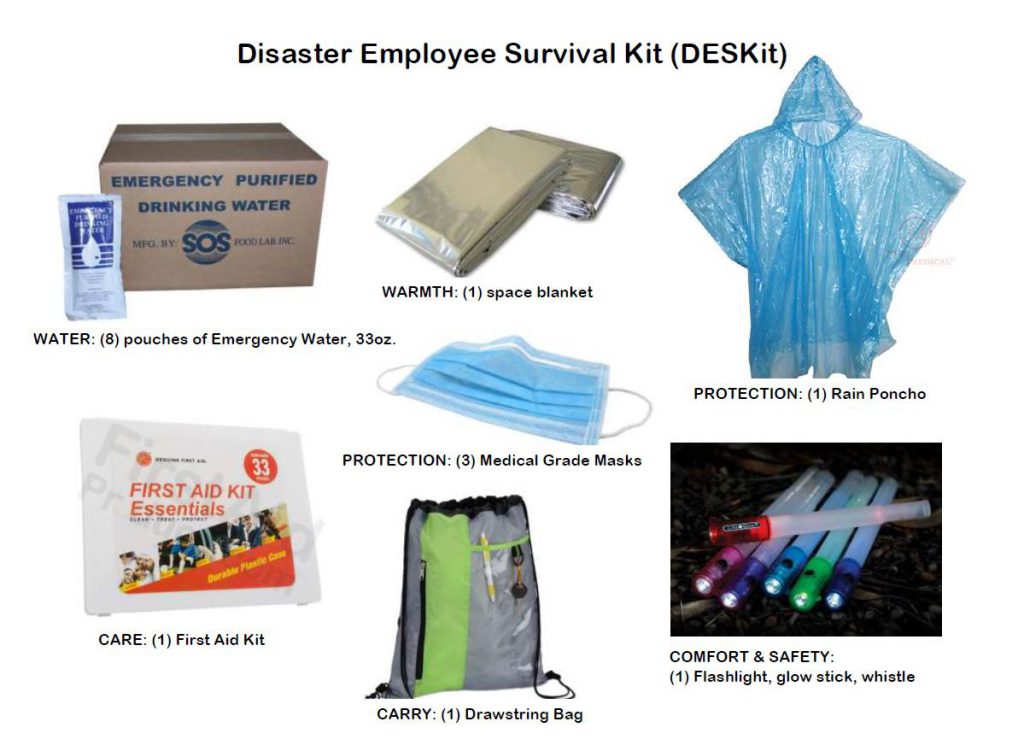
Providing this kit helps reinforce our commitment to safety and emergency preparation early – setting the tone for all new employees.
3. Turn it into a challenge
Last September, we posted weekly mini-challenges that helped employees gather important documents, create an emergency plan and build their kits. Employees were asked to share photos of their progress. Doing that entered them into a raffle to win a range of prizes related to emergency prep – like a hand-crank radio, mini water filters or a battery-powered safety flare. The challenge helped better prepare our employees while also raising awareness about best practices.
“In addition to preparedness measures assigned each week, colleagues also shared inspiration and ideas that went beyond the weekly challenges. Everyone ended up winning a prize and each participant is much better prepared than they were this time last year,” said Port emergency program specialist Jennifer Stacey.
4. Make it fun
Our four-week preparedness challenge culminated in the Great Shakeout, an annual earthquake drill held around the world. To increase participation, we asked Port employees to snap a selfie of themselves under their desks during the drill and share it on the Port’s internal network. Fun themes and decorations were encouraged. The photos sparked conversation and we had some of the best participation since we began participating in the Great Shakeout.
5. Think about it year-round
While weekly or monthly challenges help spark interest, organizations should be thinking about emergency preparedness year-round. And they have to make it easy for employees to participate. Port of Portland managers receive weekly safety tips that are relevant to their line of work and the time of year. We also launched PDX Lifesavers, a program offering free CPR, first aid, emergency preparedness and safety courses to all Port and PDX airport employees.
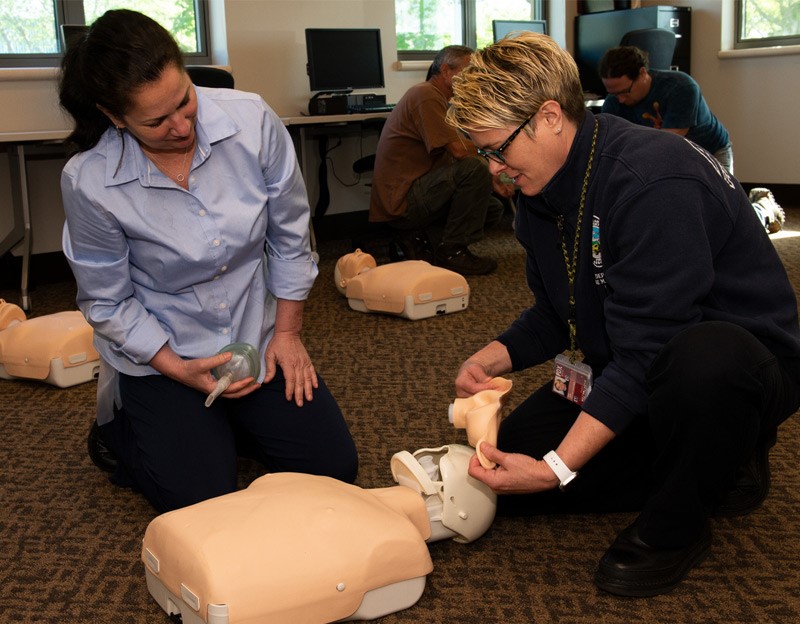
“PDX Lifesavers encompasses the essence of the Port’s safety vision and culture by teaching others and giving back to our community,” said Port of Portland Deputy Fire Marshal Lani Hill.
6. Make use of old items
Thanks to some creative problem-solving and a great waste minimization team at the Port, we made use of some old buckets that would have otherwise been discarded. It’s essential to have a back-up solution if your sewer system is not functioning after an emergency. After the 2011 earthquake in Christchurch, New Zealand, some sewer systems were not functioning for a year.
Our team made twin buckets available to Port employees, along with tools and stickers to help them create their own emergency toilets. No topic is off the table when it comes to safety and emergency preparedness!
Having clear plans in place, and making sure employees are aware of these protocols, will help organizations focus on their top priority during an emergency: the health and safety of employees, customers and anyone else who uses their facilities.

